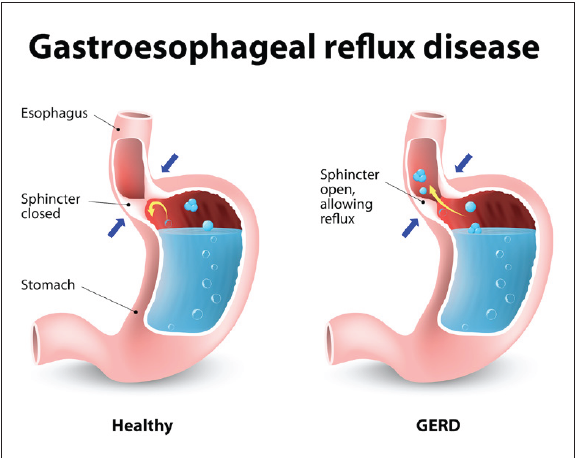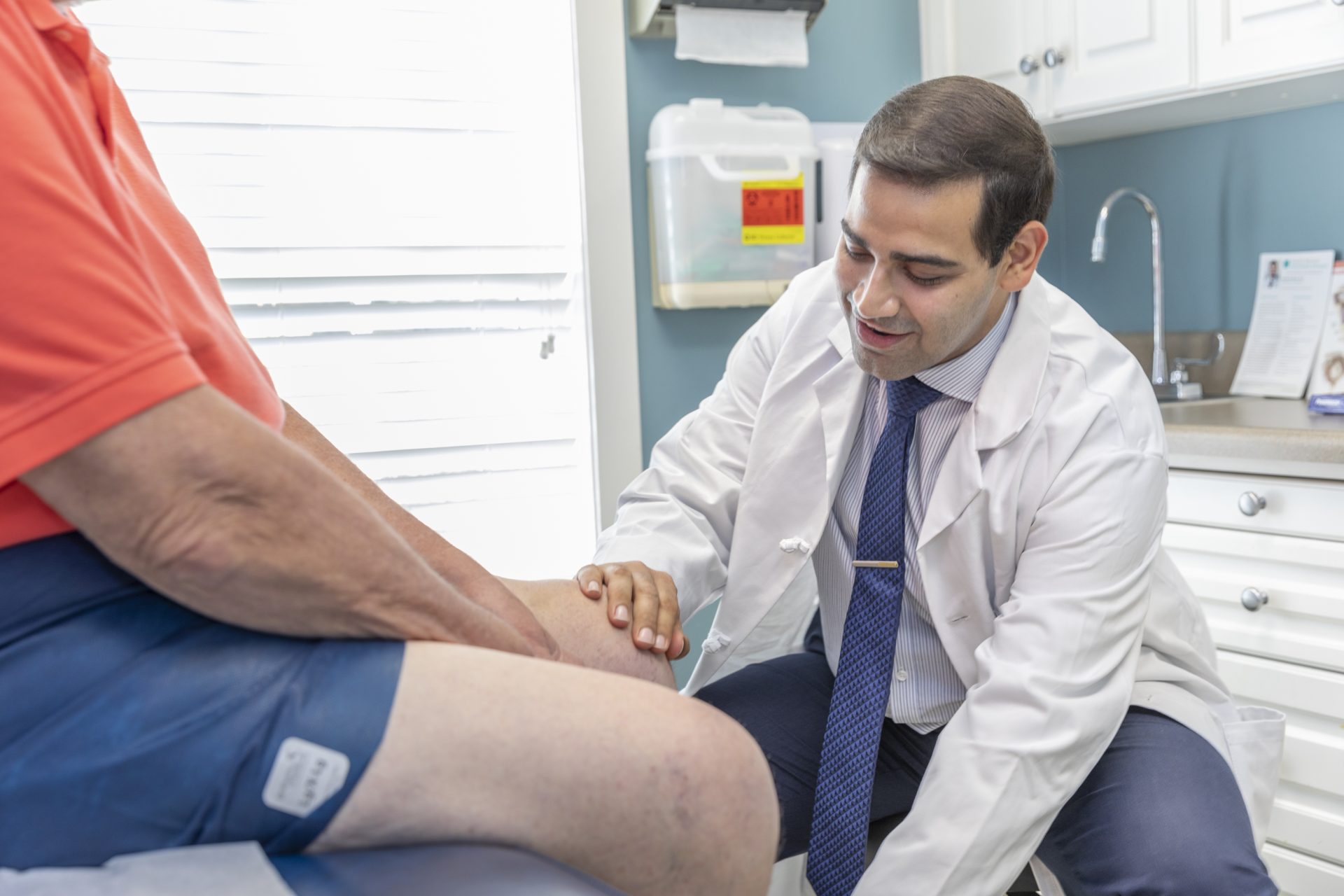Corticosteroid shots are injections that help to improve pain and inflammation in the joints resulting from arthritis.
Arthritis is a chronic inflammation of joints. It can lead to:
stiffness
pain
swelling
loss of joint function
Several treatment options are available to reduce pain and improve joint functions. These include pain relief medications, exercises, and physical therapy. However, doctors recommend injections when conservative treatments cannot relieve symptoms.
What are corticosteroid shots?
Doctors use these injections to treat acute flare-ups of joint pain or swelling resulting from arthritis. This may help improve people’s quality of life and make it easier to perform daily activities. Using steroid injections is common for reducing inflammation in the joints. Although they are not able to treat the underlying condition, they can help to improve the symptoms.
Types of injections:
Doctors may recommend different types of injections for people with arthritis. At present, there is no standardization for the injection types doctors may advise for their patients.
How do they work?
These shots either go directly into the joint or into the muscle or soft tissue. These injections consist of corticosteroids, which are chemicals similar to the cortisol in the body. Cortisol is the body’s natural anti-inflammatory hormone, which the adrenal glands produce. After injection, the medication slowly releases into the joint, helping to reduce inflammation and pain.
Some injections start to relieve pain within hours, and the effects should last from a few weeks to a few months. The duration of the effect depends on the type of arthritis and its severity.
Short-acting soluble steroids can easily dissolve into the body and start acting. Therefore, they can start showing effects within a few hours. Long-acting steroids take longer to dissolve into the system. They require a week to become effective.
People must discuss their health status with a doctor before receiving a shot. Generally, people can continue to take their usual medications before having the injection.
Where do doctors inject them?
According to the location of inflammation and pain, a doctor will inject the shots in the following areas:
directly into the inflamed joint, also known as an intra-articular (IA) injection
into the muscle, also known as an intramuscular injection
into the soft tissue close to the joint, also known as a peri-articular injection
Sometimes a doctor will use a local anesthetic to reduce the discomfort of the injection.
After injection:
Doctors may advise people to wait in the clinic 10–15 minutes after the injection in case of any reaction to it. Some people may also experience pain and swelling near the joints after the injection. However, this gets better in a day or two. Bruising can also occur at the region of the injection. This also goes away after a few days.
How effective are corticosteroid shots?
2017 research suggests that doctors have widely used corticosteroid injections over the past five decades to reduce joint pain and inflammation. According to the study, corticosteroid injections were more effective in reducing pain 1–2 weeks after injection, while their effectiveness was less significant 4–24 weeks after injection. However, the pain relief from IA corticosteroid injections is of short duration. This may be due to the short half-life of IA corticosteroids.
Who can and cannot have these shots?
These shots are suitable for most adults and qualifying children. Their use is also safe during pregnancy and breastfeeding. However, such individuals must consult a doctor to discuss possible considerations before receiving the injection.
Arthritis injections are not suitable for a few people. This can be due to the following:
previous allergic reaction to steroids or any other medicines
previous diagnosis of depression or having a close relative with the condition
presence of an infection
contact with someone with: measles
chickenpox
shingles
recently taking or about to take certain vaccinations
People must also consult their doctor if they have:
high blood pressure
unhealed wounds
eye conditions such as glaucoma
fragile bones
Possible side effects:
Most people do not experience any side effects from these shots. However, long-term use can result in some side effects. These shots may also deteriorate the joint cartilage and weaken tendons. Long-term steroid use may also result in bone necrosis. This is the loss of blood supply to the bone tissue, which can cause significant limitations in function and daily activities.
Other possible side effects of steroids include: dizziness, blurred vision, irregular heartbeat, numbness, difficulty urinating, shortness of breath.
Doctors recommend using injections to treat arthritis no more than 3–4 times a year into any joint. Increasing the frequency of injections can lead to adverse effects such as increased cartilage volume loss.
Summary:
Corticosteroid shots are injections that help to reduce pain and inflammation of joints. Currently, most of the research focuses on steroid injections. Although few other options exist, their use is not widespread due to a lack of evidence and standardization.
These injections provide short-term pain relief, but long-term use may cause adverse effects for both children and adults. Before taking the injection, people must consult a doctor to understand the risks and benefits.
Sources:
https://www.medicalnewstoday. com/articles/shots-for-arthritis?
Biologics. (2022).
https://www.arthritis.org/drug-guide/biologics/biologics
Bullock, J., et al. (2018). Rheumatoid arthritis: A brief overview of the treatment.
https://www.ncbi.nlm.nih.gov/ pmc/articles/PMC6422329/
Joint injections for arthritis pain. (n.d.).
Joint injections (joint aspirations). (2022).
https://www.rheumatology.org/I-Am-A/Patient-Caregiver/Treatments/ Joint-Injection-Aspiration
VanBeek, C. (2015). Cortisone injections: Worth the stick?











